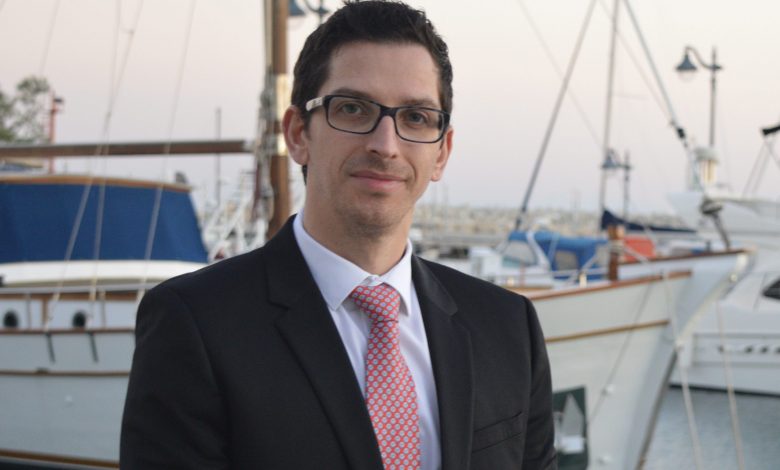Prevention at Sea: Addressing the human element in maritime safety

The development of maritime technologies has significantly enhanced the safety level of ship navigation today, however human error is still widely recognised as a main cause of maritime incidents. Cyprus-based maritime technology and marine risk firm Prevention at Sea is offering a technology solution to address the human element in maritime safety.
Petros Achtypis, CEO at Prevention at Sea, reckons that maritime manpower tends to be the weak link for safe ship operations.
“Records prove that more than 70% of accidents affecting maritime safety are attributed to poor judgement, lack of common sense and critical thinking, miscommunication, and lack of shipping knowledge. All of which can be summarised under the term human element failure,” Achtypis says.
Despite the adoption of multiple industry initiatives, rules and procedures, audit results analysed by Prevention at Sea and the Centre of Excellence in Risk and Decision Sciences of the European University in Cyprus (CERIDES) show that the early warning signals of unsafe practices are not being detected. This directly compromises safe fleet operations, impacts reputation, and leads to financial losses.
According to Achtypis, the aim of the company is to re-establish a genuine, industry-wide commitment to “safety first”.
“To achieve this, we believe that the industry needs a standardised methodology which proactively detects clear signals that correspond to unsafe behaviours or situations before they can escalate and cause real problems,” Achtypis says.
Prevention at Sea has designed its Human ELement Maritime Enhancement Tool (H.EL.M.E.T.), a human-centred risk assessment methodology. It introduces the appreciation of a system-focused view, in which the interrelationships of people, processes, awareness, decisions and organisational actions are all assessed.
In order to enhance the tool, Prevention at Sea has assembled a committee of 15 maritime safety heavyweights, including experts representing international organisations, the industry and academia, from across the world, specialising in risk assessment, communications and management system standards.
The company has also introduced a new company model, by having software developers and maritime experts under the same umbrella, something rare in the shipping industry.
“Conducting shipping business safely remains at the very core of our industry and as we head into an unprecedented phase of change, never has it been so important. With so many new rules and requirements to contend with, seafarers and shipping companies are struggling to cope. Those onboard and ashore need supportive guidance from experts enabling in-depth knowledge of requirements, as well as the early detection of unsafe practices,” Achtypis concludes.

While the comments re human error are not to be discounted, this horse has been flogged so often for so long, me thinks it has taken it’s last breath, but the flogging continues. Those of us concerned about seafares welfare have asked that we add other factors to why accidents happen at sea. These continue to be left out of the mix when CEOs of whatever company are talking, having some agenda or things to sell, the seafarer always comes up last. We have discussed the blame game in many fora, but it seems the technocrats are not buying it – commercial pressures, disconnect between shore management and what happens at sea, and their attendant ills are two of the main sources of accidents that only some in the industry talk about. Does this committee of experts have any sociologist?
Excellent comment. What is counted as human error is often poor design or function of equipment. Increased complexity that overwhelms ability to process information. Under manning that creates fatigue and cognitive impairment, as well as too few crew to establish appropriate bridge procedures to avoid single man error. The system is primarily driven by economics, not safety.
It is a good article that focused on the human element and how technology can help to alleviate that, a standardized system & commitment to training will definitely allow for improvement but the title is misleading.
Addressing the human element in safety requires not only compliance with current rules and regulations but also should extend & look in seafarers’ welfare & mental health.
Concerned parties should also address what make a seafarer tick, what will allow him/her to perform at their best, which situations will test their resilience as well as competence.
At the moment, the world is experiencing a pandemic that are stretching seafarers’ to their limit. Not only the demands of work have increased but also expectations from concerned parties; yet barely anything have been done to ensure that these prepared are prepared for themselves or for their family. This, provides a real life example of how to improve the human element and maintain a safe working environment.
The “human failure” is greed. Put sale price on sailors,you will obtain “goods” not good sailors.